Scientific names, Picea rubens, some people cringe at just the thought. You know they’re really not that bad, with a little practice you can start to decipher what they actually mean. The first part of the key is the family name.
Every living organism, plant or animal belongs to a family. The family name is probably the hardest part to memorize. The second part of a scientific name is the individual species. This part is descriptive. It usually describes a color, trait, location or something of that nature.
In Picea rubens for example Picea is the family name for Spruce and rubens is the Latin word for the color red, hence the common name, Red Spruce. A species may also be named in honor or recognition of a person. Mimulus lewisii is a species of monkeyflower named after the famous explorer Meriwether Lewis of the Lewis and Clark expedition.
Many species names will lead you toward the more common name, niger (black), spinosa (spiny), grandifolia (large foliage), canadensis (of Canada), quadrangulata (four sided) and linearis (linear). Those are just several of the hundreds to thousands of scientific names that are in use.
So does it mean your a geek if you know your scientific names? Not at all, in fact it’s quite rewarding to to be able to hear or read some of the terminology and understand what their talking about. Latin isn’t the only language used either. In fact, one of my favorite scientific names of all times has a Japanese origin, Tsuga canadensis. Go ahead, say it to yourself…… “Tsuga canadensis” ……sounds awesome doesn’t it? In short you just said Canadian Hemlock.
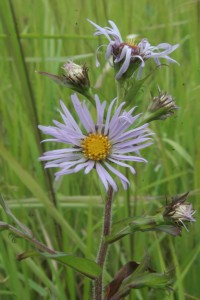
New England Aster, Aster novae-angliae. Aster is the Family, novae is Latin for new and angliae means english or England
Bottom line is, there’s no need to roll your eyes. Scientific names don’t have to be complex and boring to learn. It’s my guess you’ll actually enjoy using them. So get outside and find me some Solidago, er, ummm ……….. Goldenrod. Is that another cool name or what? Solidago, ya gotta luv it!!
Enjoy the Outdoors
MyNature Tree App, it’s good for what ails ya!!









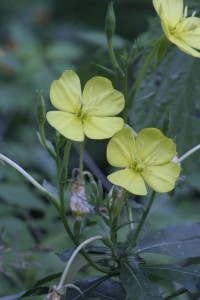
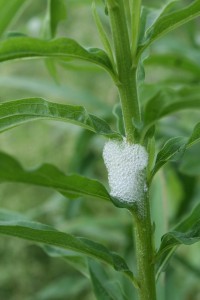
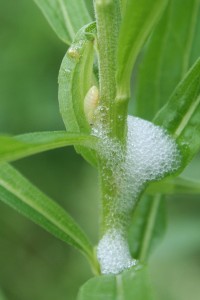
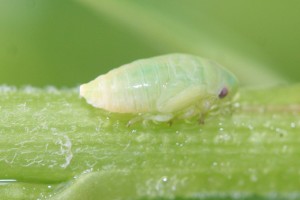




What Others Have to Say